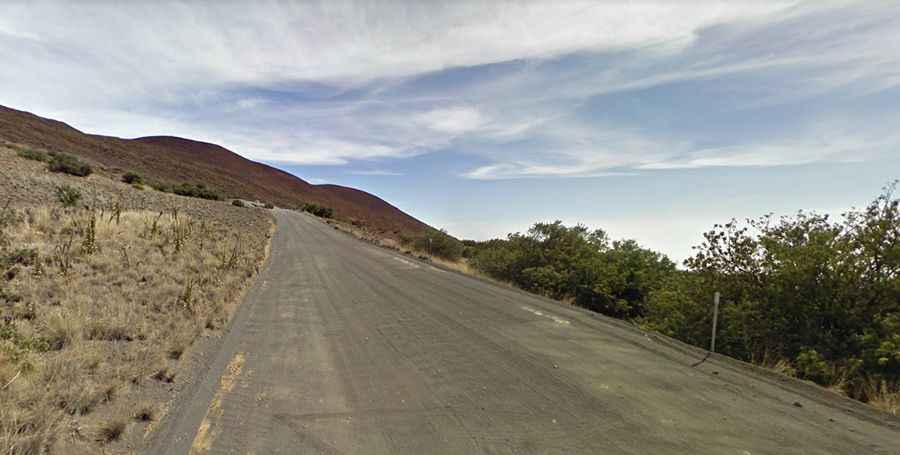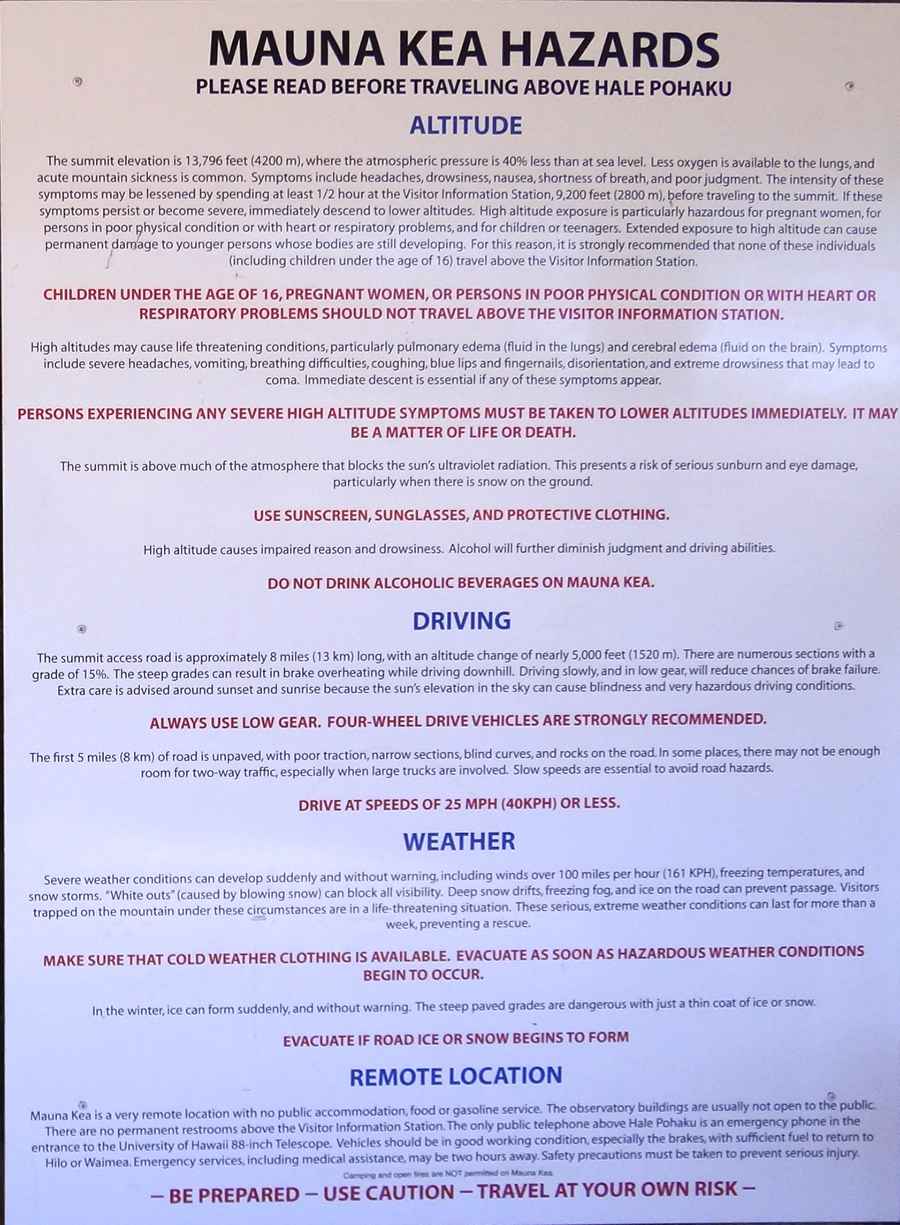Road trip guide: Conquering Mauna Kea in Hawaii
Mauna Kea is a volcano at an elevation of 4,207m (13,803ft) above sea level, located in the U.S. state of Hawai’i. It’s the only place in the world where you can drive from sea level to a nearly 14,000ft peak in under 2 hours. It's one of the highest roads in the USA.

Where is Mauna Kea?
The large dormant volcano is located in Hawaii County, in the U.S. state of Hawaii in the Hawaiian Islands, in the Pacific Ocean. Tucked away 35 miles west of Hilo on the north side of Hawaii's Big Island, it is the highest point in the Hawaiian Islands.
Can I drive up Mauna Kea?
The road to the summit was built in 1964. It is called Mauna Kea Access Road. It's 14.60 miles (23.5 km) long, starting at Saddle Road.
Is the road to Mauna Kea steep?
The road to the summit is pretty narrow and very steep, hitting a 15% maximum gradient through some of the ramps. The elevation gain is 2179 meters. The average gradient is 9.27%. It’s one of the hardest and most epic climbs you can ride on two wheels.
Is the Mauna Kea road paved?
Mauna Kea Access Road is mostly paved, with unpaved sections near the summit. This is one of the toughest drives in the world and can be very dangerous in bad weather. It is strongly recommended to use a four-wheel-drive vehicle to drive all the way to the top. Brakes often overheat on the way down.
How hard is the road to Mauna Kea?
It’s really challenging to get to the top. It’s not an easy road. As you go up, the oxygen gets thinner and thinner. Altitude sickness is coming, as well as plummeting temperatures. The road is steep and a long way up. It's so high that you have to settle at base camp before attempting the off-road portion of the drive. It's well worth the wait and the endurance as the views at the top are spectacular. It can be dangerous to be up there. Mauna Kea is one of the only places in the world where you can drive from sea level to 14,000 feet in about 2 hours, so altitude sickness is a high possibility. At 14,000 feet, visitors should acclimatize to the altitude before proceeding further up the mountain. Traffic delays and road closures on the summit access road may occur due to the use and transport of heavy equipment, slow vehicle movements, deliveries, road maintenance, stalled or abandoned vehicles, hikers, and bikers. Remember that dust, fog, or snow can reduce visibility and slow traffic. Visitors traveling up the volcano's flanks are advised to stop for at least half an hour and preferably longer at the visitor center to acclimate to the higher elevation. True 4-wheel-drive vehicles with low range travel beyond the Visitor Information Station (VIS) are required. About 300 yards beyond the station, the pavement ends and the next 4 and a half miles are a steep graded-gravel road. You should consult with your rental vehicle company or contract for a Mauna Kea Specific clause. Many rental companies do not allow their vehicles to continue on the summit even if they are 4-wheel drive. Anyone in poor health should consult their physician before planning a visit to Mauna Kea. We do not recommend anyone who is pregnant to go further than the VIS. People under the age of 16 should not go any further because their bodies are still developing and they are affected more rapidly when going to a high altitude. If you plan to scuba dive, do not plan to go up to the summit within 24 hours after your dive. Furthermore, we do not recommend anyone with a heart or respiratory problem to travel above the VIS. At the summit, the air is thinner, and the mountain can be topped with snow during the winter, so dress appropriately.
Is the road to Mauna Kea worth it?
To drive the road without stopping will take most people between 2 and 3 hours. If you’re lucky enough to reach the summit, also known as Maunakea, you’ll be welcomed by breathtaking views and some of the most spectacular sunsets ever. The summit hosts the Mauna Kea Observatory, an astronomical observatory. It’s one of the most important in the world because of its outstanding observational conditions. Funded by eleven countries, it’s used for scientific research across the electromagnetic spectrum. Along the drive, you will travel through volcanic lava fields and ancient forests featuring rare plants found nowhere else in the world. The peak, one of six volcanoes that have formed the island of Hawaii, is the highest point in not only Hawaii but the entire Pacific Basin. Between 5,000 and 6,000 people visit the summit of Mauna Kea each year.
Mauna Kea hazards

Is the Mauna Kea access road open?
Its weather varies widely, and the road may be closed due to dangerous conditions even though most of Hawai`i is warm and sunny. A calm sunny day may quickly become treacherous with hurricane force winds and blizzard conditions. Summit winds above 120 mph are not uncommon. Snowstorms have even occurred during the summer months. Below-freezing temperatures, high humidity, snow flurries, and ice are common. Temperatures regularly deep below freezing in winter. When conditions are too dangerous, the road is closed to ensure everyone's safety. The road is re-opened as soon as the weather and the roads are safe again.